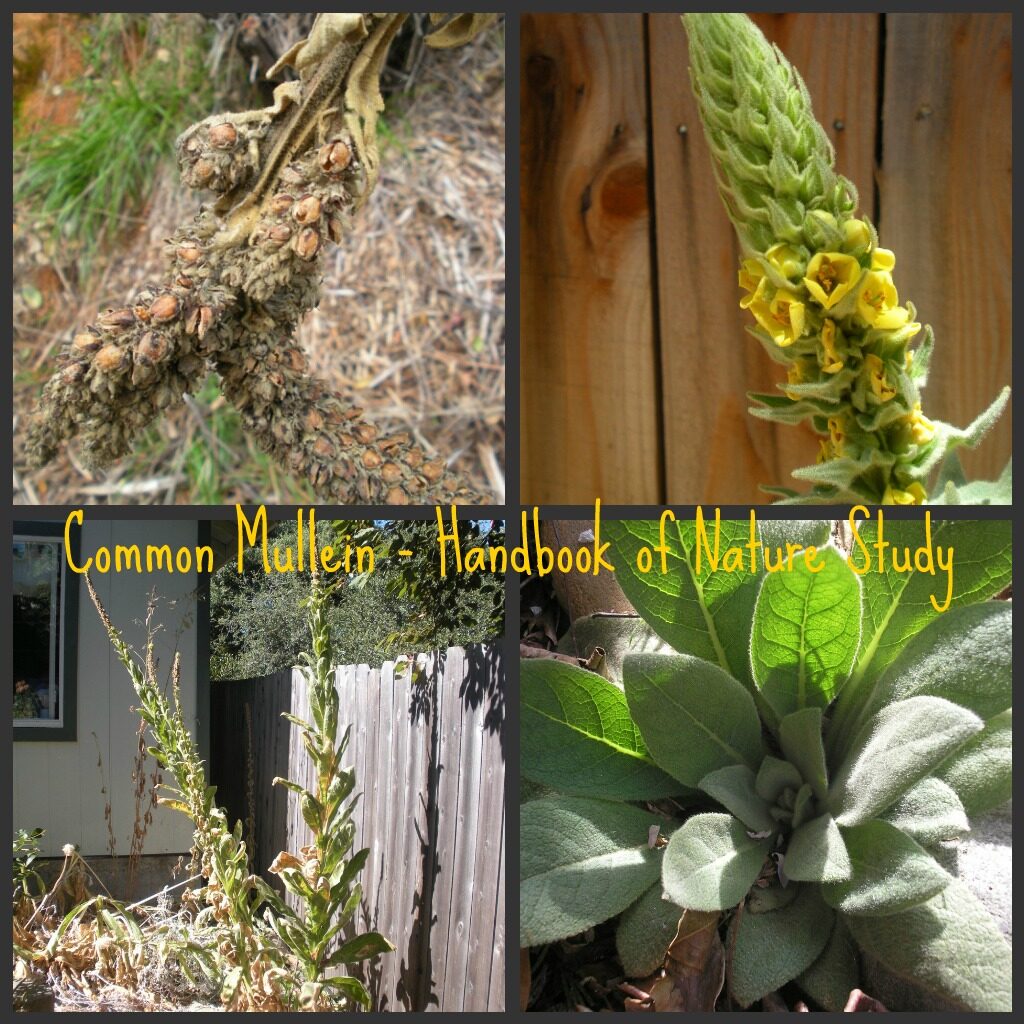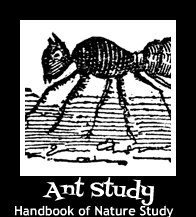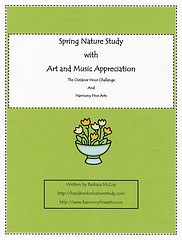Outdoor Hour Challenge:
This will be a great week to get outside and look and listen for birds. Hopefully you have started a list of your feeder birds and now you can take a few minutes to look up on the All About Birds website what your local birds sound like.You can do this by typing in your bird in the search box and then clicking the “sounds” tab a little ways down on the page. Birding by ear is such a great skill for little ones since they many times will hear a bird before they see it. What a great way to work on our listening skills together…outside in the fresh air and exploring our own yards and neighborhoods!
Split your Outdoor Hour Challenge time this week between preparing for identifying birds by their call using the All about Birds website and then putting your skills to work. The additional activities this week will give you some more information about just how birds sing. The second video is for all the adults to be inspired by as we endeavor to share the many bird’s songs with our children…be encouraged!
Additional Activity: Videos, a Quiz, and Inspiration
The Language of Birds
Test your knowledge of your local bird calls: eNature Birdcall Quiz (online listening).
Now something special….the power of nature and being outdoors! Want to be inspired? Watch this video Birding by Ear (Blind birdwatchers in Texas!)
Getting Started Suggestion:
If you already own the Getting Started ebook, complete Outdoor Hour Challenge #2. This is one of my favorite challenges….to listen and then use simple words to describe your outdoor time. Use the ideas in this challenge to help your child listen carefully during your time outdoors…even if it is just for a few minutes. Record your words in your nature journal or on the notebook page in the ebook.





















